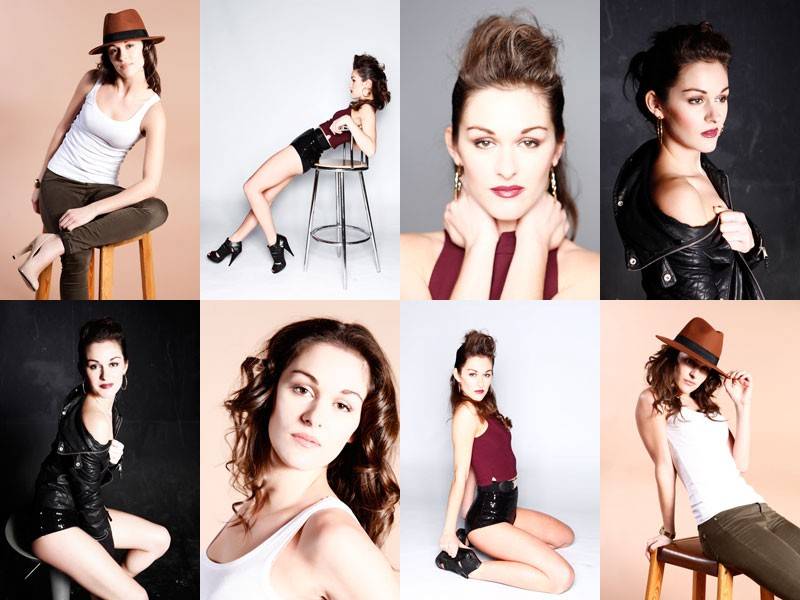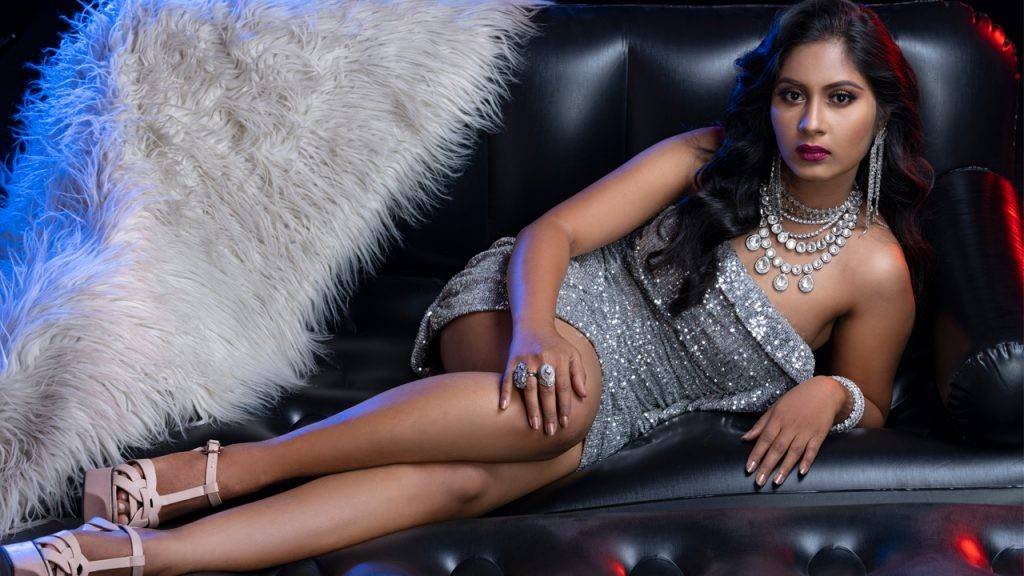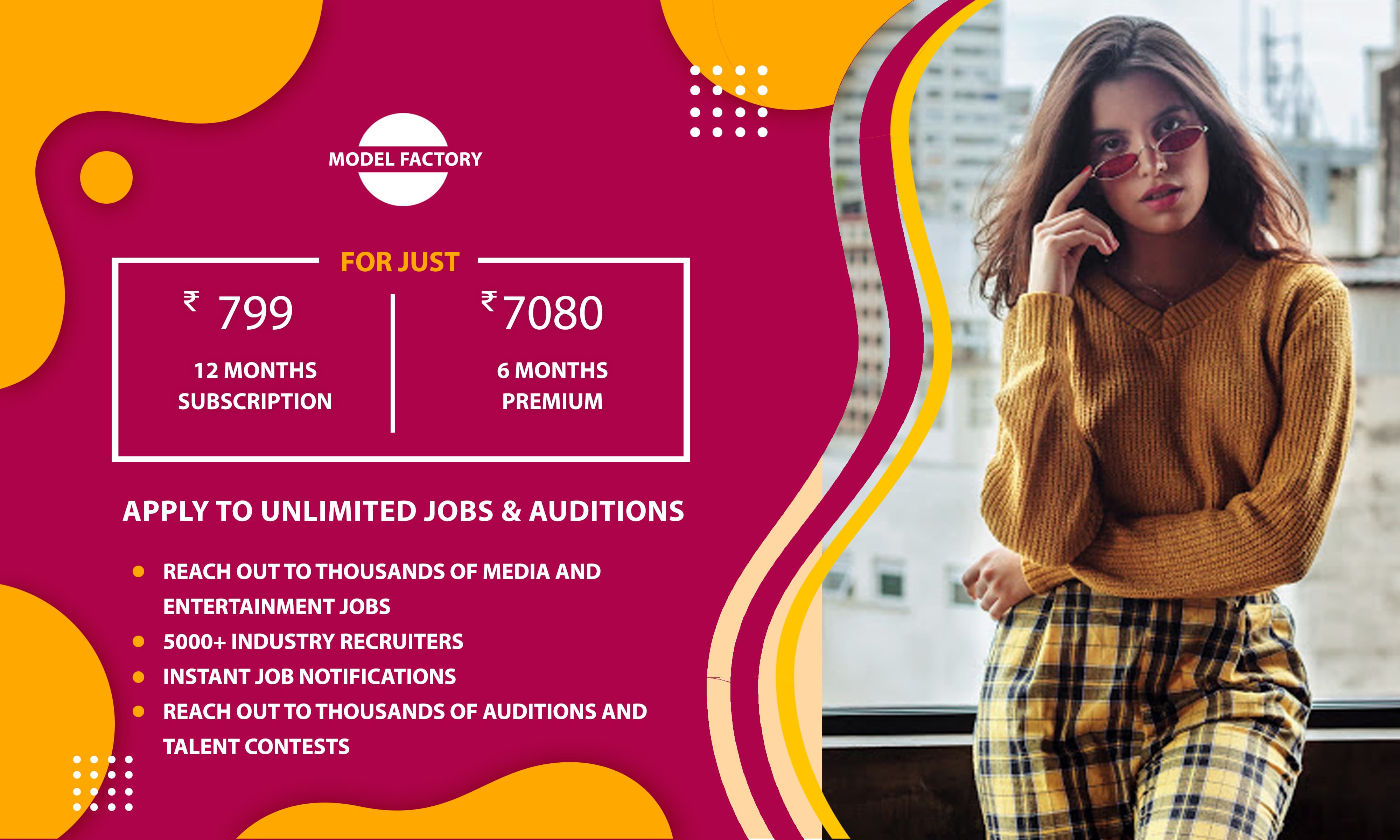How Do You Make A Modeling Portfolio? - Model Factory
- 02 Mar 2022
- Models
Starting a modeling career is hard enough, but if you don't have a portfolio, you'll make it even more difficult. The good news is that they are easy to put together, and a good modeling portfolio can make the difference between getting that coveted modeling job and losing it. The bad news is that if you mess with it, it will definitely land you a job, and could ruin your career before you even start.
1. laying The Groundwork
1. Determine Your Model Type.
There are many different types of modeling, some with very specific requirements in terms of physical appearance and skill level. While it is true that the most common types of modeling require tall, thin people, there are other types of modeling where the preferred body style is more flexible.
Live modeling is one example where personality is more important than exact body type or looks. Live models represent companies at trade shows, shopping malls and other venues to promote a particular product or brand. Since live modeling requires interacting with many people, it is important that the model is outgoing and has a sunny nature.
Fashion modeling is the most common type of modeling that people are aware of. A certain height is required to become a successful fashion model. In larger markets such as New York, the minimum acceptable height is 5'10", while in smaller markets the minimum is 5'8". Fashion models should also be slim enough. In terms of looks, a wide range is acceptable, from the traditionally pretty to the striking.
Commercial print modeling is attractive to models who appear in advertisements in magazines and newspapers. This can range from swimsuit modeling to playing a specific role, such as a businesswoman, doctor, or representative of a particular demographic. Attendance requirements vary with the type of job. For example, swimsuit models should be curvy and show good muscular tone, while representatives of a particular demographic simply need to be attractive examples of that demographic.
Body part modeling shows a specific part of the body, such as hair, legs or arms. If you have shiny hair, beautiful arms or legs that last forever, consider this modeling type.
2. Hire A Professional Photographer.
Call some local modeling agencies and find out which ones they use. Photographers working in the industry will have experience with the models. They will also know what agencies typically look for in portfolio photos and will be able to advise you accordingly.
3. Hire A Professional Makeup Artist.
If you're lucky, the photographer will sort it out for you, but remember to ask if the makeup artist's cost is included in the fee, or if you have to pay extra. If the photographer is not providing one, ask local modeling agencies to recommend one. Like photographers, makeup artists in business will know what to expect.
4. Practice Posing.
Look through magazines to find poses that inspire you. Don't be afraid to change them up a bit to make them yours. Practice them in front of a mirror and change angles from time to time. Ask a family member or friend to criticize your posture as you practice.
5. Choose Your Clothes For Shooting.
It is important to realize that the purpose of your portfolio is to sell you. Remove anything that distracts from that objective. For this, keep your clothing choice simple. Choose solid colors and stay away from prints and patterns. Choose clothes that you know fit you. Avoid anything that is too tight or loose. Your portfolio is also not the place for "fashion-forward" outfits.
You'll need multiple costume options because you don't want to have your photos in just one or two.
If you intend to go into commercial print modeling, it is a good idea to bring a swimsuit as well.
6. Prepare To Demonstrate Versatility.
The type of modeling for which you are suited requires having multiple looks. If the photographer is good, he or she will know what type of portrait and look you'll need.
Headshots are images where the model's face is clearly depicted. Usually coming in 8x10 size, the picture is usually of the model's head and upper torso, taken up close. It is important that the headshot is focused on the face. They are also usually taken off with minimal makeup, so that the model's facial structure and skin tone are clear. Every model needs one in their portfolio.
Beauty shots, on the other hand, are artistic images that, like headshots, are of the model's head and upper body. However, unlike headshots, the model poses and can be seen in a dramatic fashion. If you want to work as a commercial print model, this photo is a must-have for you.
Fashion shots are exactly what they sound like: photos of models in various outfits, with the focus on the clothing. Even the model's make-up complements the outfit. These photos are for the fashion model.
Swimsuit shots show the model's body.
This is another photo you will need for commercial print modeling.
Another picture that is important if you want to get into professional print modeling is the editorial shot.
Centered around a story, this is where you will play a character in a particular narrative.
Make sure you have your outfits ready at least five days before the day of the shoot.
7. Keep Your Look.
Looking your best in your photo shoots is vital to your success as a model. Accordingly, do any routine maintenance you need before the big day. For example, get a haircut or get a manicure.
A day before the shoot, make sure you get a good night's sleep and stay away from alcohol.
2. Photographer's Studio Tour
1. Check And Double Check Your Bag.
Before leaving home, make sure your bag is packed and you have money for transportation costs and parking fees. Aim to arrive 10 minutes before your due time. Keep the photographer's number with you and call them if you know you might be late.
2. Communicate With The Photographer.
Good communication between the model and the photographer is essential for good pictures. Listen carefully to what the photographer wants. Try not to panic, but accept that feeling is normal... Even models who have been working out for years get nervous.
3. Show Your Confidence And Charm.
You want your drawings to capture the essence that you can bring to you as a model: your vibrancy and ability to portray different characters and moods. Don't be afraid to show off. This is your time to shine.
4. Display Proper Etiquette.
It is important to build a good professional relationship with your photographer and makeup artist. Be sure to write thank you notes to both of you after the photo shoot is over.
3. build Your Portfolio
1. Choose Your Portfolio Shots.
Remember quality matters more than quantity. Select 12 to 16 of your best photos. Enlist family and friends to help you.
Make sure your photos show you in different outfits and in different places. It's also important to include your images in different lighting, for example, indoors and outdoors.
The standard photo size is 8x10 inches. Other sizes include 9x12 and 11x14. Are included
2. Organize Your Photos For Publication.
When a potential client opens up to your portfolio, you want to entice them from start to finish. Accordingly, include two of your best photos in the opening pages of your portfolio and two in the closing pages.
3. Get A Portfolio Book Printed.
Your photographer can provide this service. If not, any photo printing place can do this for you. They can even make discs for your portfolio.
Another option besides a printed version is an online portfolio. It is best to hire someone to design a website to host it rather than trying to do it yourself. Otherwise, it will look amateurish.
4. Update Your Portfolio.
Add this to your portfolio as you land modeling jobs and gain experience. Keep "tear sheets," usually magazine pages or photos from a photo shoot. These reflect your success as a model.
5. Include A Profile Page.
Your profile will list important information about you. The type of work you are willing to do, your stats, for example, your height, weight, hair and eye color, whether you have problem areas on your body, for example, tattoos or scars, and finally, any Also include relevant skills you have, such as knowing a sport, or knowing how to play a musical instrument.
"Aspiring Models Click Here for More Information on the Modeling Profession."






